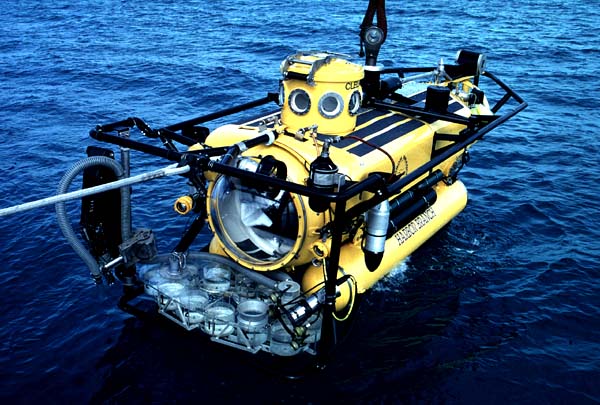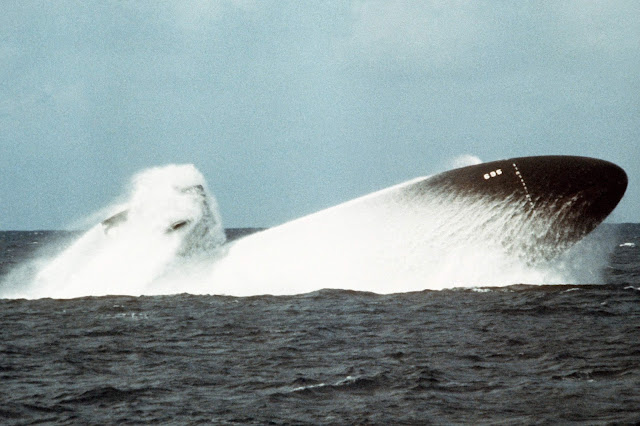SUBMARINES
Anatomy of sub marine
Sub merisibles
Diving and Surfacing
Nuclear Submarines
The Ability To Stay Hidden Deep Under The Waves Makes The Submarine A Powerful And Effective Warship. To Travel Under Water, A Sub Marine Needs A Strong Hull To Resist High Water Pressure, And Engines For Both Surface And Under Water Use .Sub Marines Were Used Effectively As Deadly Weapons For The First Time In World War 1.Today,There Are Two Main Types Of Military Submarines In Operation. A Patrol Submarine searches for and attacks enemy vessels.A missile submarine carries long range Nuclear missiles.
Anatomy of sub marine
In The 1950s, The U.S. Navy Developed Two Distinct Types Of Submarine To Take Advantage Of The New Capabilities Of Nuclear Power: Fast Attacks And Boomers. The Navy Officially Designated Fast Attacks As SSN, For Submarine (Nuclear Propulsion). The Official Designation For Boomer Is SSBN, For Ballistic Missile Submarine (Nuclear Propulsion). Boomers Are Also Known As Fleet Ballistic Missile Submarines
Despite significant differences, fast attacks and boomers have many basic features in common. All submarines must enclose much more of their machinery and equipment within their hulls than surface ships. That is why they are so cramped. A submarine has only about one-third the living space per person that a destroyer of the same tonnage has.
Sub merisibles
Civil Submarines Are Called Submerisibles.They Are Smaller Than Military Submarines And Are Used For The Carrying Our Specialized Tasks Deep Underwater, From Maintaining Ocean Pipe Lines To Carrying Our Salvage Operations, Or Marine Research.Submerisibles Normally Dive For Only Few Hours.
Diving and Surfacing
A Submarine Or A Ship Can Float Because The Weight Of Water That It Displaces Is Equal To The Weight Of The Ship. This Displacement Of Water Creates An Upward Force Called The Buoyant Force And Acts Opposite To Gravity, Which Would Pull The Ship Down. Unlike A Ship, A Submarine Can Control Its Buoyancy, Thus Allowing It To Sink And Surface At Will.To Control Its Buoyancy, The Submarine Has Ballast Tanks And Auxiliary, Or Trim Tanks That Can Be Alternately Filled With Water Or Air (. When The Submarine Is On The Surface, The Ballast Tanks Are Filled With Air And The Submarine's Overall Density Is Less Than That Of The Surrounding Water. As The Submarine Dives, The Ballast Tanks Are Flooded With Water And The Air In The Ballast Tanks Is Vented From The Submarine Until Its Overall Density Is Greater Than The Surrounding Water And The Submarine Begins To Sink (Negative Buoyancy). A Supply Of Compressed Air Is Maintained Aboard The Submarine In Air Flasks For Life Support And For Use With The Ballast Tanks. In Addition, The Submarine Has Movable Sets Of Short "Wings" Called Hydroplanes On The Stern (Back) That Help To Control The Angle Of The Dive. The Hydroplanes Are Angled So That Water Moves Over The Stern, Which Forces The Stern Upward; Therefore, The Submarine Is Angled Downward.
Nuclear Submarines
The Most Powerful Submarines Are Those That Carry Nuclear Missiles, And Are Driven By Nuclear Engines. Each Missile Can Destroy Large City, Killing Thousands Of People .Nuclear Engines Allow A Submarine To Stay Submerged For Much Longer Than Other Submarines, Which Have To Return To The Surface To Recharge Their Batteries.






No comments:
Post a Comment